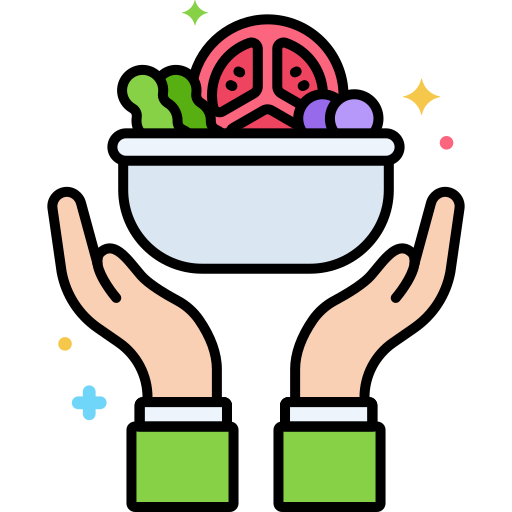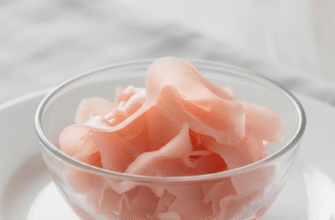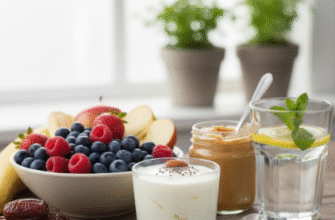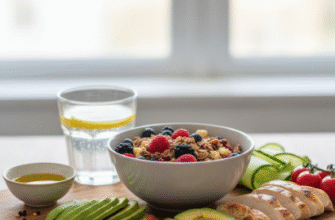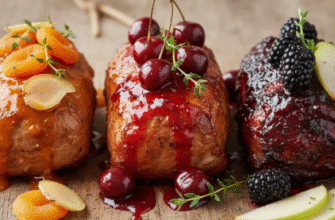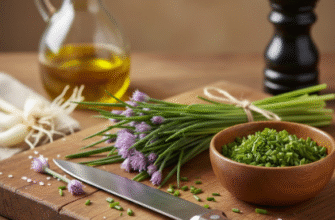We hear it all the time: drink more water. It’s hammered into us from health gurus, doctors, and even those persistent hydration reminder apps. And yes, plain water is crucial. Absolutely essential. But what if I told you that a significant chunk of your daily hydration needs could be met not just through the tap or the bottle, but through your fork? That’s right, many delicious, everyday foods are packed with water, offering a tasty and nutrient-rich way to stay topped up.
Thinking about hydration purely in terms of liquids misses a big piece of the puzzle. Solid foods, particularly fruits and vegetables, can contain surprisingly high percentages of water – sometimes upwards of 90%! Eating your water comes with bonus benefits too. Unlike chugging a glass of water that can sometimes run straight through you, the water in food is absorbed more slowly, thanks to the fiber and other components holding it within the food’s structure. This can lead to more sustained hydration.
Why Eating Your Water Counts
Beyond just the H2O content, hydrating foods deliver a package deal. They’re often loaded with essential vitamins, minerals, and antioxidants that support overall health. Think of electrolytes like potassium and magnesium, often found abundantly in these juicy bites. These minerals are vital for maintaining fluid balance, nerve function, and muscle contractions – things that plain water alone doesn’t provide in significant amounts.
Furthermore, high-water foods tend to be lower in calories and higher in volume. This means they can help you feel full and satisfied, potentially aiding in weight management without you even consciously trying. The fiber content also supports digestive health. So, reaching for a hydrating snack isn’t just quenching your thirst; it’s a multi-pronged approach to wellness.
Nature’s Hydration Heroes: Fruits
Fruits are often the first things that come to mind when thinking about juicy foods, and for good reason. They are nature’s sweet way of helping us stay hydrated.
Watermelon
It’s no surprise this summer favourite tops the list. As the name suggests, watermelon is about 92% water. It’s incredibly refreshing and also provides lycopene, an antioxidant linked to heart health, along with some vitamin A and C. Perfect cubed, blended into smoothies, or even added to salads with feta and mint for a sweet and savoury twist.
Strawberries
These little red gems boast around 91% water content. They are bursting with flavour and packed with vitamin C and manganese. Strawberries are versatile – delicious on their own, sliced into yoghurt or cereal, blended into drinks, or as a topping for desserts. Their natural sweetness makes them a fantastic alternative to sugary snacks.
Cantaloupe and Honeydew Melons
Like their cousin watermelon, other melons like cantaloupe (around 90% water) and honeydew (also about 90% water) are hydration powerhouses. Cantaloupe is rich in vitamin A and C, while honeydew offers a good dose of potassium. They make refreshing snacks, fruit salads additions, or even appetisers when paired with prosciutto.
Peaches and Oranges
Stone fruits like peaches (around 89% water) and citrus fruits like oranges (about 87% water) are also excellent choices. Peaches offer vitamins A and C, plus fiber. Oranges are famous for their vitamin C content and provide potassium too. Enjoy them whole, segmented, juiced (though eating the whole fruit gives you the fiber benefit), or added to salads.
Crunchy Hydration: Vegetables
Don’t overlook the vegetable crisper when aiming to boost your fluid intake. Many veggies offer incredible water content along with a satisfying crunch.
Cucumber
Leading the veggie pack is the cool cucumber, clocking in at an impressive 95-96% water. It’s incredibly low in calories but offers small amounts of vitamin K and potassium. Perfect in salads, sandwiches, infused water, or simply sliced and eaten raw. Its mild flavour makes it extremely versatile.
Celery
Another hydration superstar, celery is about 95% water. While often dismissed as just crunchy water, it provides vitamin K, folate, and potassium. Its fibrous crunch makes it a great vehicle for dips like hummus or peanut butter, adding substance and hydration to your snack.
Lettuce (Iceberg)
While perhaps not the most nutrient-dense leafy green compared to spinach or kale, iceberg lettuce shines in the hydration department with about 96% water. It adds crispness and bulk to salads and sandwiches, contributing significantly to fluid intake without many calories.
Zucchini
This versatile summer squash contains roughly 94% water. It’s a good source of vitamin C and potassium. Zucchini can be eaten raw in salads (spiralized ‘zoodles’!), grilled, roasted, sautéed, or baked into breads and muffins, subtly boosting the water content of various dishes.
Tomatoes
Often mistaken for a vegetable in culinary contexts, the tomato is botanically a fruit with about 94% water content. Rich in lycopene, vitamin C, and potassium, tomatoes are fantastic raw in salads, salsas, and sandwiches, or cooked into sauces and stews where they still contribute moisture.
Beyond the Produce Aisle
While fruits and vegetables are the champions of food hydration, other options contribute too:
- Yogurt and Kefir: Plain yogurt is typically over 85% water and provides protein, calcium, and probiotics. Kefir, a fermented milk drink, is similarly high in water.
- Soups and Broths: Especially clear, broth-based soups, these are essentially flavoured water with added nutrients from vegetables, meats, or legumes.
- Oatmeal: Cooked oatmeal absorbs a lot of water (or milk), making it a surprisingly hydrating start to the day.
- Cottage Cheese: Another dairy option, cottage cheese is around 80% water and offers a significant protein boost.
Verified Fact: It’s estimated that about 20-30% of our total daily fluid intake typically comes from the foods we eat, not just the beverages we drink. Paying attention to high-water foods can make a significant difference in meeting overall hydration goals. This highlights the importance of a balanced diet rich in fruits and vegetables for maintaining proper hydration levels throughout the day.
Weaving Hydrating Foods into Your Day
Boosting your hydration through food doesn’t require a drastic diet overhaul. It’s about making small, consistent choices:
- Start Strong: Begin your day with oatmeal, yogurt topped with berries, or a smoothie incorporating fruits and even some spinach (you won’t taste it!).
- Snack Smart: Swap processed snacks for options like cucumber slices with hummus, celery sticks with peanut butter, a juicy orange, a handful of strawberries, or melon chunks.
- Bulk Up Meals: Add extra lettuce, tomato, and cucumber to sandwiches and wraps. Incorporate salads as side dishes or even main courses. Mix chopped zucchini or bell peppers into pasta sauces or stir-fries.
- Soups Season: Especially in cooler weather, make broth-based vegetable soups a regular feature.
- Think Dessert: Finish meals with a refreshing fruit salad, a peach, or some berries instead of heavy, dry desserts.
The Takeaway: Eat Your Water!
Staying hydrated is fundamental to feeling good and functioning well. While drinking water remains paramount, especially during exercise or hot weather, don’t underestimate the power of your plate. By consciously choosing foods with high water content, you not only boost your fluid intake but also gain a wealth of nutrients, fiber, and flavour. It’s a delicious strategy for supporting your hydration levels and overall health, proving that sometimes, the most refreshing drink isn’t a drink at all.
